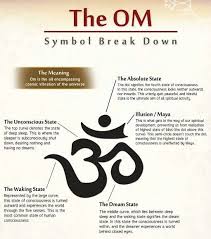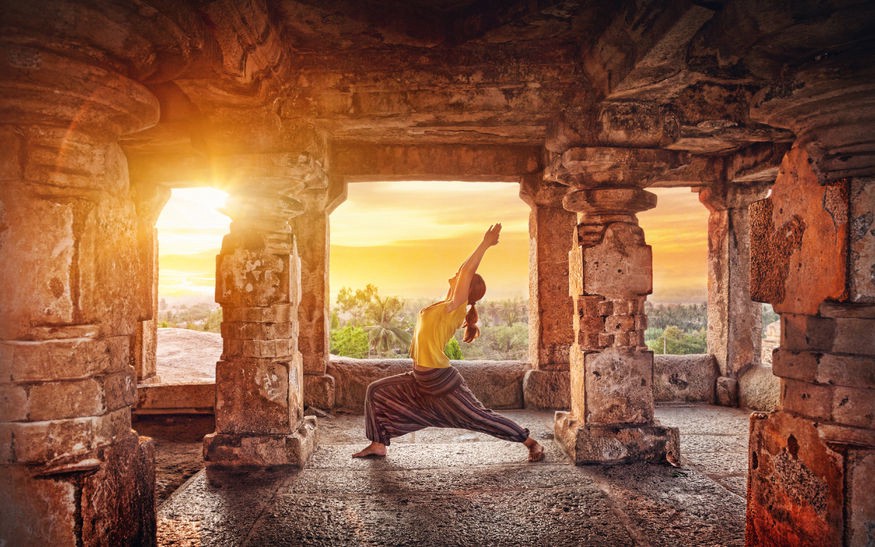
Many yoga poses cause strain on the shoulders, which can lead to injuries. Understanding the anatomy of the shoulder joint is essential before beginning a new type of yoga. The three bones that form the shoulder joint include the scapula or shoulder blade, the clavicle (collarbone), and the upper arm bone, the humerus. These bones connect at the elbow joint. Each one has its own range.
Quads are responsible for knee extension. Gluteus maximus is the muscle responsible for hip abduction and hip flexion. It joins the front and rear thigh muscles. These four muscles are important in yoga poses. It is easy to see why each of these muscles is important. You'll begin to feel the importance of each as you work through different yoga poses.
The hamstrings, which are responsible for knee extension are derived from the pelvic tuberosity. They also play a role in hip expansion. Although these muscles are crucial for all your yoga poses they can be difficult to reach without proper alignment. Although it is more difficult to align your arms with your chest, this will allow you to be more flexible and improve your balance. You can move on to the next step once you have a better idea of the anatomy and how the hamstrings work together.

The hamstrings can also be benefitted from yoga. The hamstrings control knee extension and are located in the pelvic bowl's ischial tuberosity. They aid in hip flexion and plantarflexion. The hamstrings are essential for many poses in yoga because they are responsible to many movements in the body. This will allow you to select the one that best suits your needs.
When doing the balancing poses, we should avoid overstretching the SI joint. A balanced, even range should be achieved and the core should be strong. In addition, it is important to consider the pose's alignment. Overstretching a joint can lead to pain in the knee. This could lead to injury. Instead, you can try props that assist in achieving a more balanced alignment.
Overmobilized Capulae: Although it can give the appearance that there is a twist to it, this does not happen in this position. The spin of the spine can also depend on the position and arm position. The meniscus moves toward the back when the arm is fully flexed. A well-aligned pelvis assists the body to move in the right direction. It is important that the spine and hips are evenly distributed.
To achieve a uniform range of motion in your knee joint, the pelvic joint should be flexed. You should keep your pelvis and scapula in neutral. Incorrect positioning can lead to spinal flexion, which could cause injury. It is best to avoid this position if this happens. While the leg extends fully, the meniscus must be pushed to one side of the joint.

The pelvis consists of three bones called the femur and the thighbone. They are rounded and form a cup-shaped structure. The head is found in the pelvis. It is a round bone located at the top end of the thigh. The femur also houses the lower leg bones. Each of these three bones has a slightly different shape and angle. This can affect the ease and strength of some yoga poses.
The anatomy of the yoga poses is vital for beginners. You will find it easier to perform the correct postures when you are more familiarized with your body. David Katz, a world-renowned author on anatomy and yoga, has written the book Anatomical Position. He describes the anatomy of key yoga poses, and the effects they have on the body. You can understand the anatomy and apply it in your daily life.
FAQ
Is Cardio Better Than Strength Training?
Both are equally great. However, cardio is more effective if you're looking to bulk up faster.
Cardio burns far more calories per min than strength training. It also burns fat more efficiently.
Strength training is a great way to build muscle mass. However, it takes more effort than cardio.
Is it true that overeating protein causes kidney stones?
Protein helps to maintain healthy bones, tissue, and skin. Consuming too much protein can result is calcium excretion via urine. In turn, this can result in kidney stones.
It's important to note that not everyone gets kidney stones after eating more than 2 grams of protein per kilogram (2.2 pounds) of body weight. You don't have to eat a lot of protein to get kidney stones.
Watching your sodium intake can help prevent kidney stones. Sodium regulates the body's water balance. Too much sodium can cause kidney stones.
You can also try reducing your protein intake if you get kidney stones. Protein accounts for about half the daily caloric requirement of most adults. You'll lose weight if you reduce your intake of protein.
If you do decide to eat more protein, don't go overboard. You should aim to consume less than 20% of your total calories from protein.
What does the milk do for men
Consider what other uses you might have for your milk next time that you buy it. You may also benefit from consuming less coffee.
Both children and adults have been shown to benefit from milk. The nutrients in milk include vitamin D, calcium potassium, phosphorous and magnesium.
It promotes weight gain, digestion, bone strength, and aids digestion. Milk products can help adults have better immunity systems and less illness.
Lactose is also a major component of milk, so those who are unable to digest it easily can still enjoy the benefits of this sugar without having stomach problems.
Drink more milk than soda and juice. Your teeth and bones can be strengthened by drinking milk rich in vitamin D and calcium.
If you don’t like milk's taste, you can make your yogurt with plain low fat milk. Yogurt can be a great substitute for milk, as it has fewer calories and more protein.
Probiotics are also found in yogurt, which help with digestion and boost immunity.
Try warm milk to help you fall asleep. Warm milk helps relax muscles and boosts serotonin levels.
Do I have to do it every day?
No! At least 30 minutes moderate-intensity exercise five days per week is a good goal. This could be walking fast enough so you feel slightly out breath or cycling hard enough to sweat.
Statistics
- According to the American Heart Association, blood pressure should be checked at least once every two years, beginning at age 20. (my.clevelandclinic.org)
- Are You One of the 20% of Guys (mh.co.za)
- By John Thompson Take a whopping 38% off a set of PowerBlock Pros. (menshealth.com)
- 10 pounds in a month is likely during a lean bulking phase, especially for beginners. (muscleandstrength.com)
- Candidates and applicants must pass all four tests at 70% (minimum level) to graduate from Basic Deputy U.S. Marshal (BDUSM) Training. (usmarshals.gov)
External Links
How To
How can a man get fit in 30 days?
Breaking down your fitness goals into manageable steps is the best way to reach your goals.
Each day you need to be working towards your goal. This could mean doing 10 pushups every 5 minutes or running 3 km.
You will notice positive results if this is done consistently over time.
Here, consistency is the key. Keep at it until success!
What is the difference between Aerobic Fitness and Anaerobic Fitness?
Anaerobic fitness describes the body's ability not to use oxygen to perform intense physical tasks. Anaerobic pathways can be used to supply enough energy during high-intensity exercise. Anaerobic pathways can include glycolysis, creatinephosphate, the Phosphagen, and lactic acids.
In contrast, aerobic fitness refers to sustaining continuous low-intensity exercise. When doing aerobic exercises, oxygen serves as the primary source for fuel for the cells. In other words, aerobic pathways provide more energy than anaerobic.
If you are looking to run a full marathon, then you have to increase your aerobic ability. If you are only focusing on increasing your anaerobic capabilities, you won't finish the race.
Aerobic fitness is also referred to as cardiovascular fitness. Step tests and VO2 max testing are the most popular methods to measure cardiovascular fitness.
Tests for VO2 Max
The maximum amount of oxygen (O2) the body can use during exercise is called VO2 max. This test measures the amount O2 that the body can use when exercising.
This test measures cardiovascular fitness in a way that is most accurate. This test requires expensive equipment, and highly qualified professionals to administer.
Step Tests
Step tests are an easy but powerful way to determine your cardiovascular fitness. You will be asked to walk, jog or run for a specific time on a track. This is based on your age or weight.
These tests can be conducted almost anywhere and are cheap, simple, and easy. You can, for example, walk for 2 minutes on a treadmill, then rest for 1 min, then repeat the process for 20 minutes. Then, stop. Throughout the session, your heart rate should be within a certain range.
This method is known as the "Bruce Protocol". Bruce, himself a runner, created this protocol after realizing that he would not feel his heart rate increase when running longer distances.